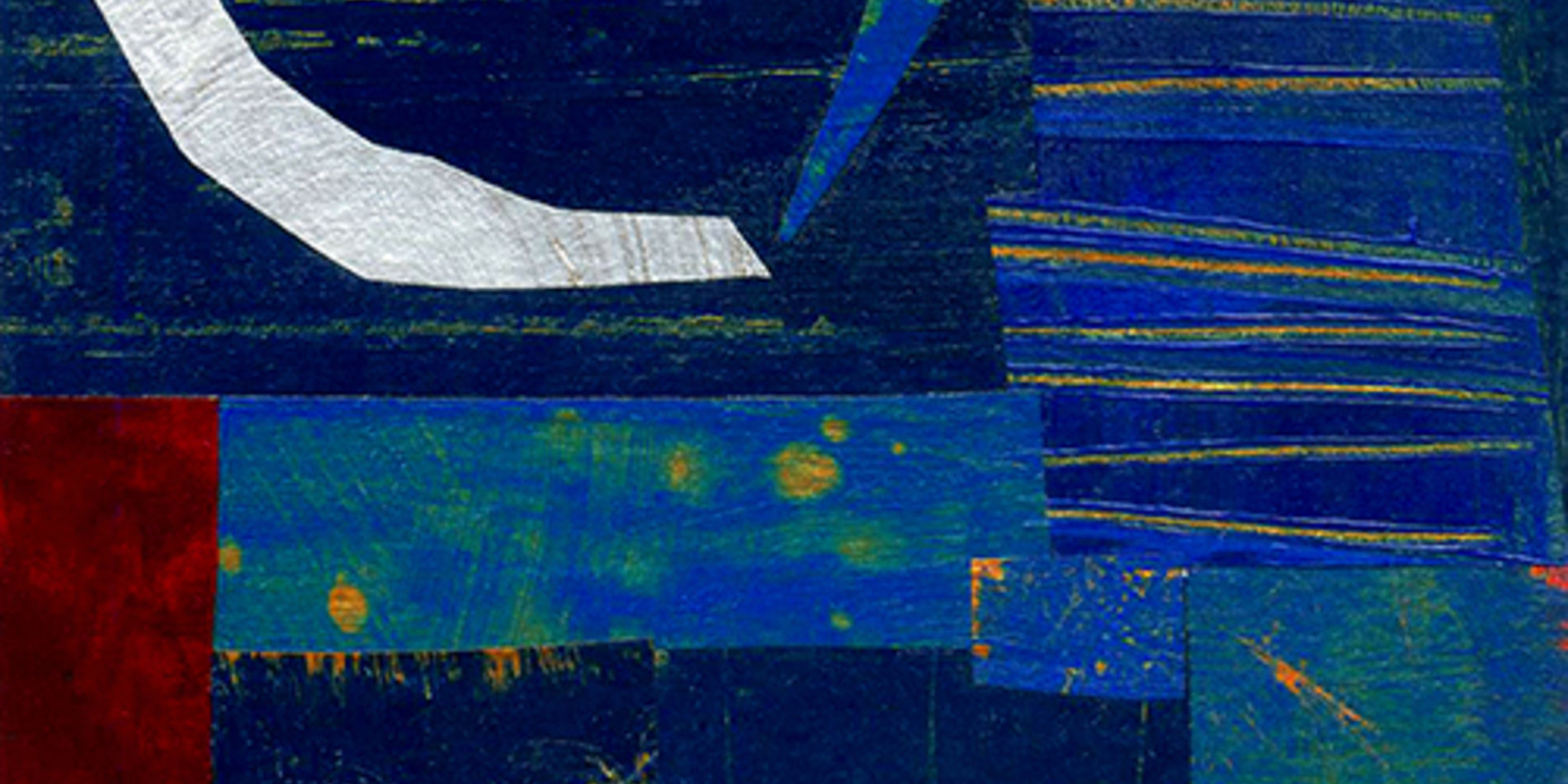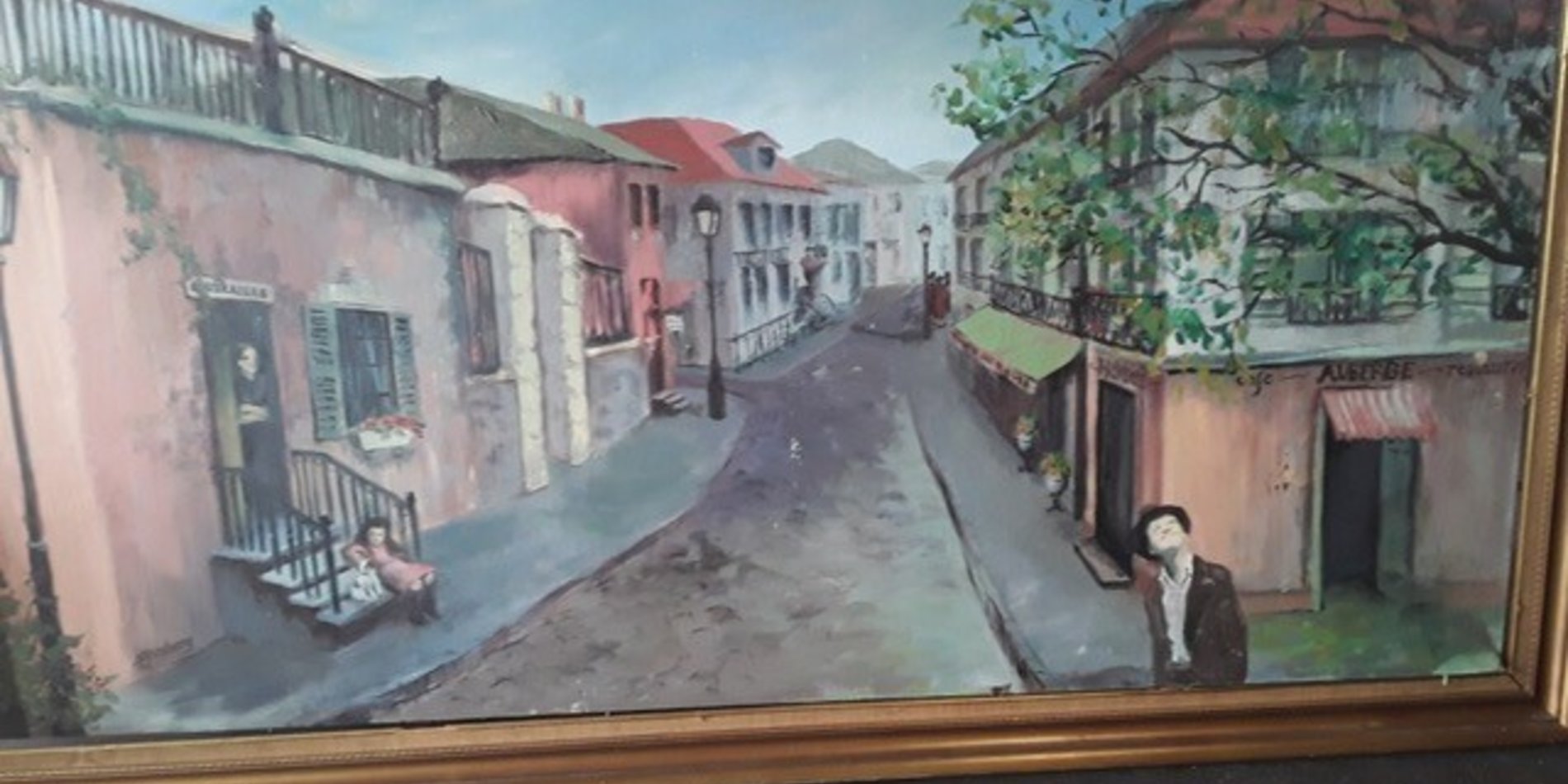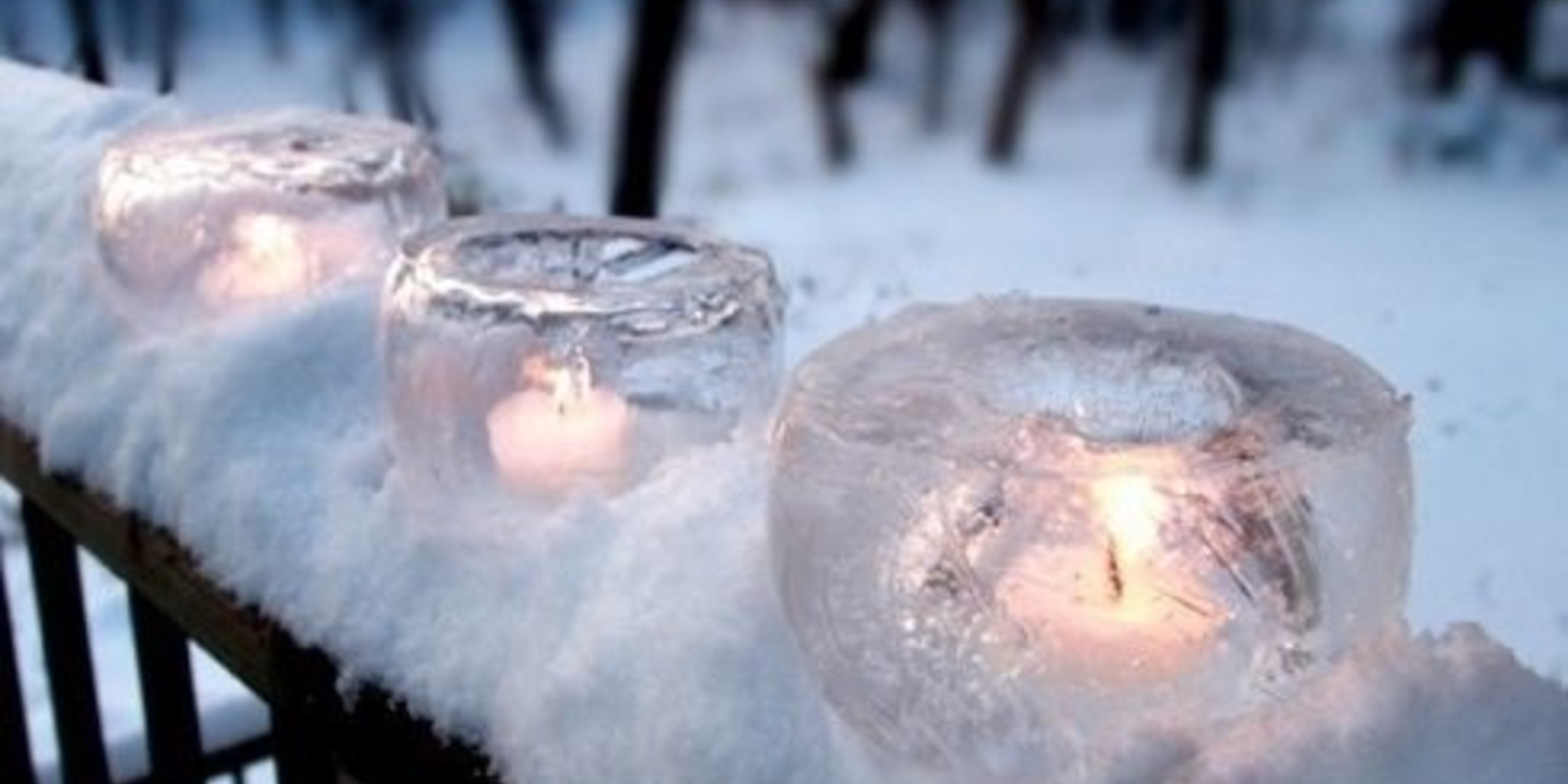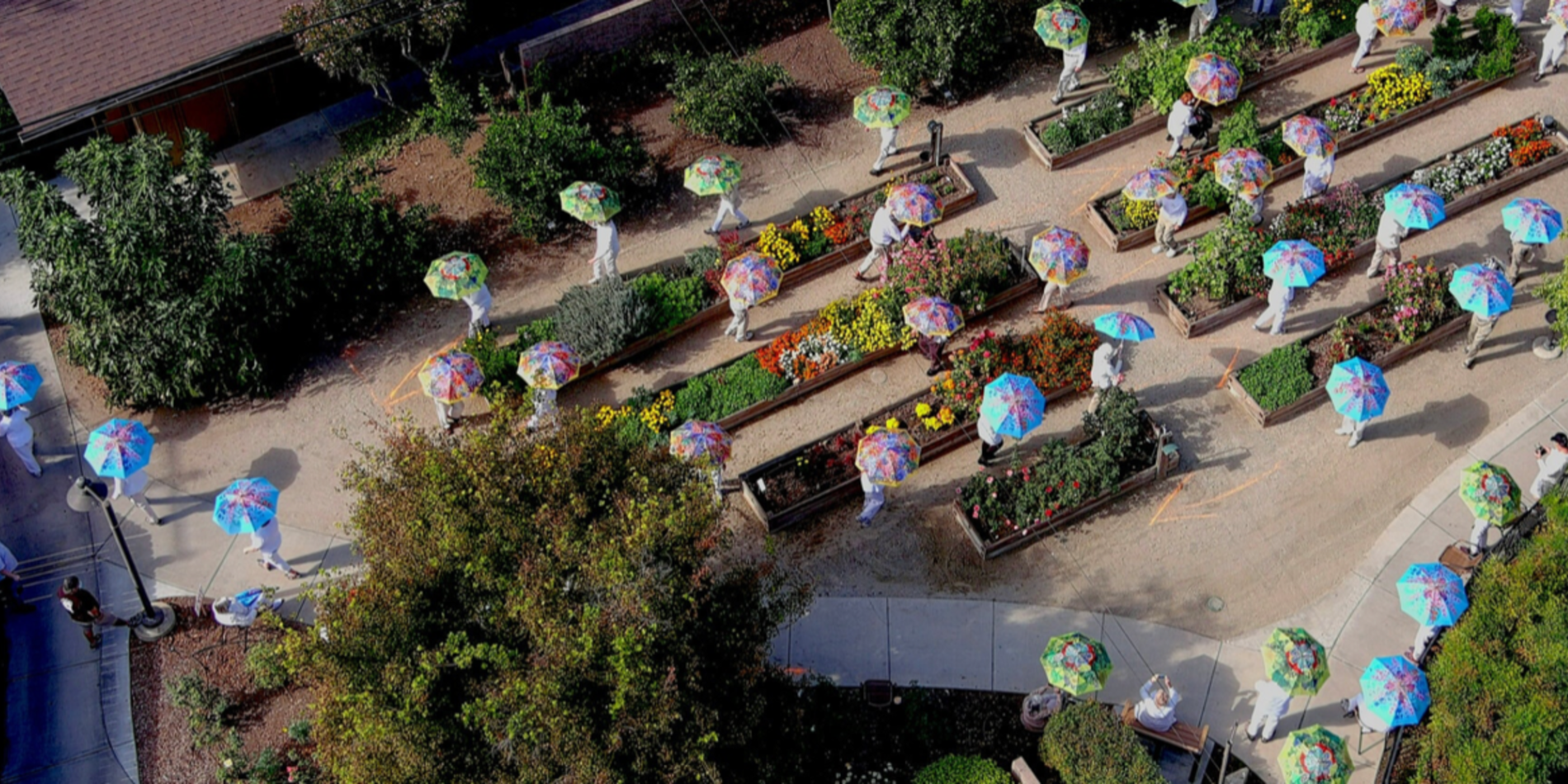Today marks the winter solstice for those of us living in the northern hemisphere. It is the moment when the Earth’s axis is at its maximum tilt away from the Sun leading to the shortest day and the longest night. Although astronomically, it is the first day of winter, this year it feels the season has come early and already outlasted its stay.
As COVID cases surged, social inequity raged, and political uncertainty gripped the nation this fall, the gradual yet steady disappearance of the sun felt like nature’s own response to our collective grief. It is true this season is difficult for many, regardless of what the year has wrought. There is something about the coming darkness that makes hope harder to find and the future seem farther off. As night grows longer, we dwell a bit more on the places and spaces in our lives where grief and loss have settled in. There is something about the darkness that allows those feelings we have held at bay to finally find their way to the surface again. It is a seasonal rhythm that beckons us toward contemplation as we confront the disappointment and pain we have hidden in the shadows of the sun.
Finding our way through these emotions is not pleasant, but it is necessary. The winter solstice offers us a moment to do this as we turn toward the hope that is coming.
In some Pagan traditions, the solstice is celebrated as part of the eightfold Wheel of the Year. Philip Carr-Gomm, the leader of the Order of Bards, Ovates, and Druids, describes in his book, Druid Mysteries, the ceremonies that mark the rebirth of the year at winter solstice. The rituals include naming all that impedes the coming of the light, individually and collectively and casting them away. Symbolically, this is done by tossing scraps of fabric on the ground as signs and symbols of that which binds and holds people back. Then a single lamp is lit and raised toward the east to welcome a new year as they proclaim together, “We have turned the year!”
Pagan traditions are not the only ones that celebrate light in this way. Beginning in the fall, the Hindu celebration of Diwali honors the already and coming victory of light over darkness. Jewish families light candles during Hanukkah as a reminder of the miraculous light that never fails and Christians light Advent candles, one each week, to symbolize the growing light of hope to come.
Each year on the winter solstice, I read this Blessing for the Longest Night written by Jan Richardson. I appreciate the way in which she honors our grief, pointing us toward a faint light of hope without cheapening or eliding the raw, real experience of pain so many of us feel at one point or another in our lives. In fact, I often use this poem at memorial services or after tragedy has struck on campus or in the community. For beyond the solstice, there are seasons in our lives where the darkness of loss seems to overwhelm us and threatens to blot out any hope we may hold. The poem recognizes that the coming of the light does not take away the darkness of the night, but offers a way through in the company of others who walk similar paths.
We need these blessings to remind us that our grief will not last forever. The night, though long, will always end as a new day and new year break forth before us. It is true today is the longest night, but tomorrow the day grows longer as the sun shines a bit more, growing stronger minute by minute. From here on out, the light is coming. The turning of this year is here.
I leave you with this blessing as a sign and symbol of the hope that is arriving even now. Indeed, “this is the night when you can trust that any direction you go, you will be walking toward the dawn.”
A Blessing for the Longest Night
All throughout these months
as the shadows
have lengthened,
this blessing has been
gathering itself,
making ready,
preparing for
this night.
It has practiced
walking in the dark,
traveling with
its eyes closed,
feeling its way
by memory
by touch
by the pull of the moon
even as it wanes.
So believe me
when I tell you
this blessing will
reach you
even if you
have not light enough
to read it;
it will find you
even though you cannot
see it coming.
You will know
the moment of its
arriving
by your release
of the breath
you have held
so long;
a loosening
of the clenching
in your hands,
of the clutch
around your heart;
a thinning
of the darkness
that had drawn itself
around you.
This blessing
does not mean
to take the night away
but it knows
its hidden roads,
knows the resting spots
along the path,
knows what it means
to travel
in the company
of a friend.
So when
this blessing comes,
take its hand.
Get up.
Set out on the road
you cannot see.
This is the night
when you can trust
that any direction
you go,
you will be walking
toward the dawn.
—Jan Richardson
from The Cure for Sorrow: A Book of Blessings for Times of Grief



